

PULSE
PULSE
PULSE is the official magazine of the ECE Association, in which students showcase their creativity in various aspects. Each edition of the Magazine is themed and this 9th edition of the magazine is focused on the theme METAMORPHOSIS.

Thiruvikesh B
THE TEAM
Office bearers
Esakki Rangaraj R
Anuvidhya S
Editorial Board
Pragatheesh A P
Content
Ravikrishna B
Sanjay C
Ebhin Johnson J
Sindhu S U
Shivva Reema
Monish V R
Bharani P Shanmugananthi S
Editing Photography & Artwork
Nicole Vinne Raj S
Sandhiya S
Balaganesh R N
Karpagam S S
Design
Vandana V
Dheepikha V
CO SPONSOR

EVENT SPONSOR

CONSULTANCY PARTNER

VISION’ 25

SPONSORS
FOOD PARTNER

EDUCATION PARTNER

REFRESHMENT SPONSOR


APPAREL PARTNER

PRINTING PARTNER

EDUCATION PARTNER














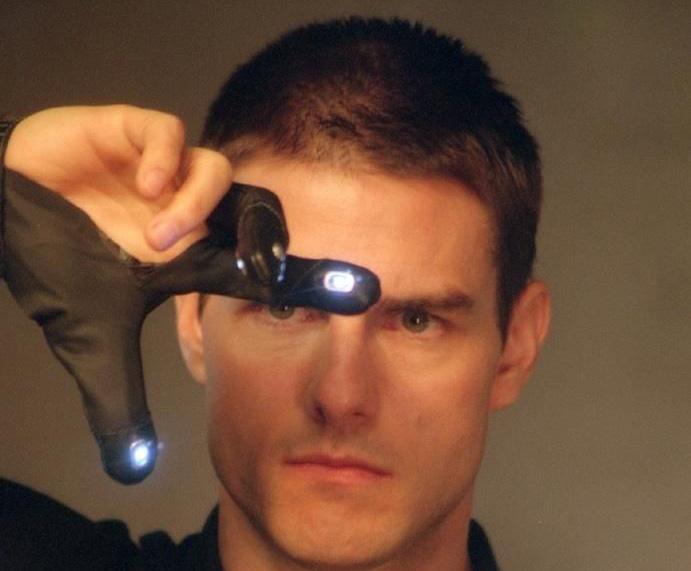




Founded in 2021 by alums of CEG,Anna University in Chennai, Tamil Nadu, Indra Insignia (ISO 9001:2008) is a dynamic research and development company dedicated to developing cutting-edge electronic solutions. Indra Insignia envisions to be global leader in RF and Embedded Technology with a mission of delivering high-quality, costeffective RF and Embedded Systems. Innovate wireless communication and IoT solutions.
Indra Insignia specializes in creating innovative and reliable solutions for critical domains such as defence and aerospace. They have also developed solutions in the areas of healthcare, agriculture and renewable energy. Driven by a strong commitment to “Make in India,” Indra Insignia fosters local talent and cultivates an entrepreneurial environment. The company strives to contribute to the growth of the Indian technology landscape while delivering impactful solutions that address critical societal challenges.They have a growing team of over 25 employees.
With a strong focus on collaboration and innovation, the company leverages technologies like the Internet of Things (IoT), embedded systems, and microwave/radio frequency to deliver quick-to-market solutions across diverse sectors. They have delivered over 40 projects and developed turnkey solutions. They work with top defence organizations such as Bharat ElectronicsLimited and Defence Research and Development Organization.
Indra Insignia holds expertise in designing RF-based communication modules for airborne and ground systems, receiver modules for radars, development of firmware(FPGA and microcontrollers), mechanical design and analysis and environmental qualifications including EMI-EMC testing. They also design and develop high speed radar receivers and signal processing systems, digital radio and base band signal processing, simulator systems, embedded software design and RTL coding.


INTO THE BLUE
-Aadithyan Sridharan 2nd year
“THE FISHERMEN KNOW THAT THE SEA IS DANGEROUS AND THE STORM IS TERRIBLE. BUT THEY HAVE NEVER FOUND THESE DANGERS SUFFICIENT REASON FOR REMAINING ASHORE” ~
VINCENT VAN GOGH
Introduction:

When speaking of the unexplored, we always look to the heavens above and not to the depths of the trenches below. The warm blue may cast a fuzzy and welcoming atmosphere, but its dangers are equally uninviting and terrifying. Crushing pressure, deadly inhabitants, and risks are galore in the big bad blue. This may be the reason why it’s still so unexplored to this day. Yet as it covers over 70% of our landmass, we must learn from it and explore it just like the skies above.
Similar to the skies, we see that the ocean is also a dark abyss. The darkness, in fact, fosters the growth of interesting flora and fauna in the ocean
bed. The depths of the ocean are unknown, for according to our very preliminary research, the deepest point we have seen is the Mariana Trench. The dark abyss could be considered a realistic hell, for it resembles all those characteristics. The heat, the pressure, and the darkness all make it a hellish landscape, one that has kept explorers away in fear. With its commanding looks and uninhabitable conditions, it is no one’s surprise that we haven’t wanted to explore it.
Brave Souls :
Despite its dangers, the sea’s allure drives exploration.
DEEP-SEA TECH
Modern dry suits and inflation valves enhance safety, enabling longer dives.
UNDERWATER INNOVATIONs
Communication devices and radar expand oceanic knowledge, but immense pressure risks decompression sickness.
ENDLESS FASCINATION
Despite risks, curiosity fuels deepsea exploration and innovation.


THE LITTLE MERMAID
Unlike how they are portrayed in the movie ‘The Little Mermaid’, animals underwater tend to be rapid and aggressive predators, for life in the mighty seas is one of kill or be killed! Sharp predators such as dolphins hunt and harass young ones of other species for amusement and tend to murder in masses just for their entertainment
Dolphins :
Dolphins are the second smartest animals in the world after humans. These animals are ruthless predators with no
mercy and no boundaries. They use whistling noises at different frequencies with the clicking of their voice and further whistling could be equated to morse code which is one of the most basic forms of communication.

SONAR :

and discovery. It helps detect obstacles and locate marine life. This technology has advanced our ability to explore underwater environments.
In any case, there is always a big risk in deep-sea diving. Though it’s human
Do you know :
Oil mines exist underwater where extremely skilled technicians work. These technicians usually suffer from bends and other disabilities later in life.
SONAR, using high-frequency signals, has been invaluable for navigation
nature to explore, it’s ideal that automated devices and robots take over this field.
SPACEBOUND
- Dhivyaa B , 2nd year
Have you ever wondered about life’s journey, beginning from the smallest thing - a cell and being launched into a cosmic dance? In the technological world we live in today, with vast resources, nothing is impossible to detect or discover. From the discovery of the atom’s structure to the exploration of mysterious, boundless space, we have come a long way. Everywhere today echoes the news that the NASA astronauts Sunita Williams and Butch Wilmore, part of the crew 9 mission, are back from the International Space Station. This instance must have sparked your thoughts about being spacebound.
Space bound is directed towards space, referring to space crafts, vehicles, astronauts, or celestial objects intended for space travel or exploration. From telescopes to telecommunication satellites which have made a drastic advancement to society, the achievements in the space sector are endless and the extent of explorations are unimaginable. From the early astronomers who mapped the stars to the modern-day space agencies that have set up space stations, our curiosity has been piqued. Within a span of five decades, humanity has achieved a monumental leap in space exploration, evolving rapidly from satellite launches in the 1950s to manned spaceflights and lunar landings. Everything seems pretty effortless from here as we think that the process is just: take off, blast off and
touchdown. But the reality is far more complex. Exemplified by Sunita Williams and her crew, who spent prolonged periods in space, we understand that outer space is a deeply daunting void. It has severe health effects such as muscle atrophy, radiation exposure, sleep disturbances, immune system suspension, cardiovascular suppression, anxiety and many other psychological and physical after-effects. Now to make it more interesting, what if there were no methods to communicate with the spacecraft and aid their landing back on Earth? Undoubtedly it becomes a thrilling test of human ingenuity. Let us explore some innovative concepts and possibilities to traverse the challenges of being stranded in space.
of light to the earth and the pattern of the signal is decoded to trace it.
2. Physical message - Without direct communication, the coordinates status and trajectory can be engraved on a small metal capsule, and can be directed towards the Earth.
3. Alien artifact - In case an alien artifact is discovered with high technological advancements, it might help to repair space crafts or direct messages.
4.The cosmic SOS - Star shaped formation using the craft’s limited resources with reflecting devices may be detected as a cosmic SOS from the Earth.


1.A solar powered signal mirror- This beacon catches sunlight at precise in tervals, sending flashes
5.Cosmic current ride: Cosmic current is a stream of particles and energy flowing through space.
The spacecrafts can be used to sail in the cosmic river of energy directing them towards the Earth’s orbit. It seems dramatic but could be considered a way to escape.
6. Space suits: Mandatory for every astronaut, it has an integrated facility of communication, navigation and orientation gadgets with a GPS system which can be used to locate them. Besides it includes health & safety, temperature control measures and so on. The final case could be setting up a habitat by repurposing the spacecraft into a sustainable habi - tat using hydroponics and other available recyclable materials.

According to the Union Budget (2025-2026), The Government of India has allocated $1.5 billion only for Space programs.
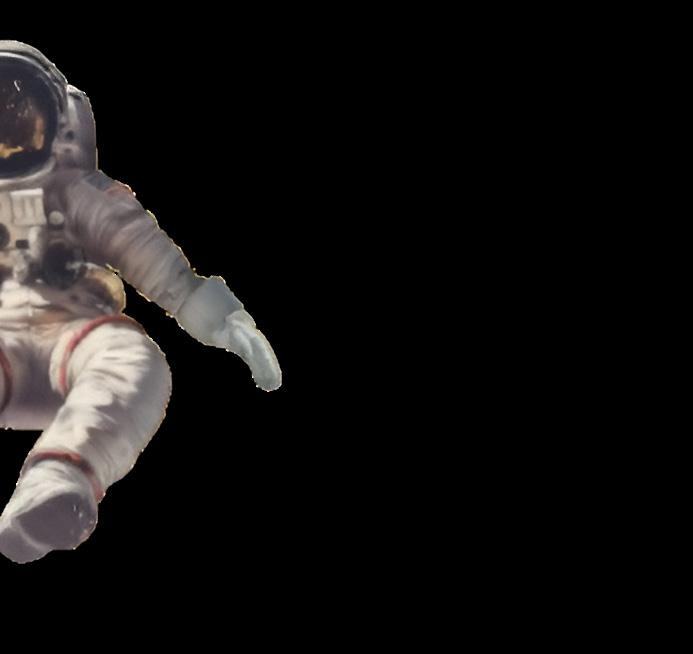
To give a picture to your thoughts and imagination, a celestial dance of survival, where the beauty of space meets the brutality of fate - The film ‘Gravity’ speaks about survival, isolation, and the psychological effects of space travel.
‘The Martian’ - the gripping survival story of astronaut Mark Watney depicts the survival, ingenuity, and human connection in space. The visually stunning sci-fi epic ‘Interstellar’ illustrates time dilation, wormholes, and the search for a new habitable planet. And so many pictures paint a vivid impression of human resilience, ingenuity, and the unbridled power of imagination. The bar for space exploration is always set high. The astral discovery is timeless and endless, having commenced when there were no invention of technological devices. The space industry utilizes emerging technologies, like 5G, advanced satellite systems, 3D printing, and quantum computing, to enhance and scale operations in space. Developing technologies include small satellites, advanced space manufacturing and communication, space traffic management, smart propulsion, space mining, low earth-orbit satellites, and space data. The quest for space investigation persists as long as our imagination thrives. Our discoveries count as a lone star amongst many galaxies. Yet somewhere something incredible is waiting to be discovered.
“Space is for questing and wondering, for exploring unanswered questions about the universe and us. Explore as if nothing has an end, imagine as if everything is indeed possible and travel as if everything is boundless.”

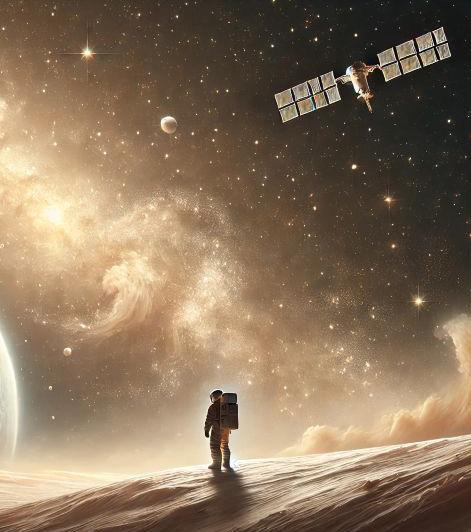

The Fallout
The invisible war we must win
Lobashinie ,2nd year
Imagine waking up to a bizarre silence. The air is thick, the sky is an unnatural shade of gray, and there is a strange metallic taste on your tongue. As you step outside, the world seems frozen abandoned buildings, lifeless streets, and an unsettling emptiness. Then, you see a rusting sign with a radiation symbol, a silent warning of the invisible danger around you. This is fallout, the radioactive aftermath of nucle ar explosions, reactor failures, or hazardous isotope leaks. Unlike fic tion, real-life fallout zones are silent killers, where radiation stays for de cades, poisoning everything in its path. From Chernobyl to Fukushima, history has shown the devastating consequences of radiation exposure.
These radioactive environments arise due to nuclear blasts, reactor meltdowns, or improper disposal of materials, contaminating the area with Uranium-235, Plutonium-239, and Cesium-137. These isotopes release harmful radiation, spreading through air and water, creating invisible danger zones that remain lethal for decades.
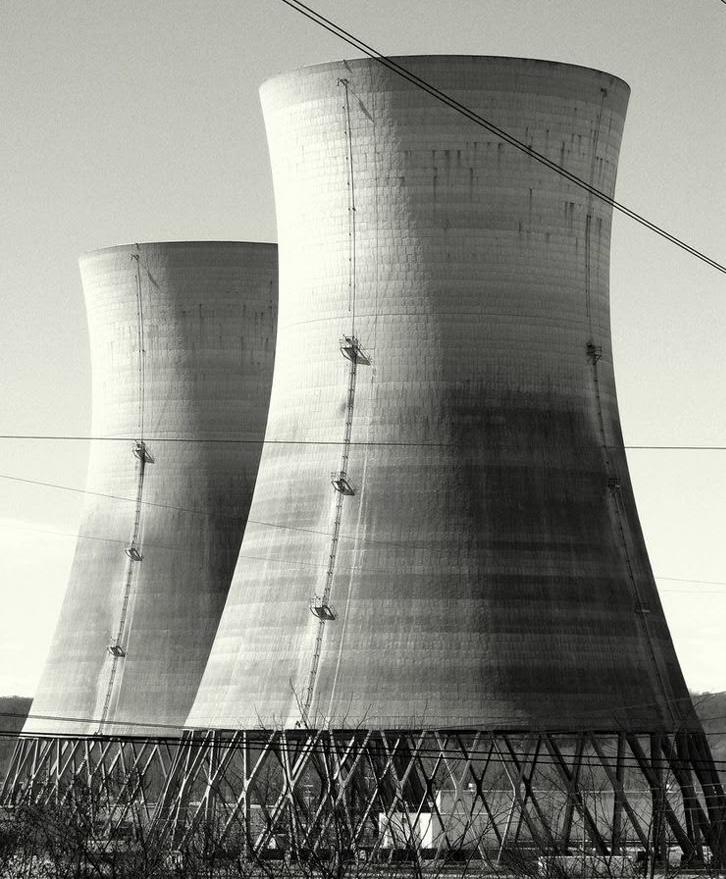
But what does this invisible enemy do to the human body? Exposure to high radiation doses can trigger Acute Ra diation Syndrome (ARS), causing nau sea, vomiting, skin burns, and internal organ damage often from gamma rays or beta particles like Cesium-137 and Strontium-90. Long-term exposure mutates DNA, leading to cancers: Io dine-131 targets the thyroid, Strontium-90 weakens bones, and Plutonium-239 damag es bone marrow. Radi um-226 is linked to in fertility, while inhaling Radon increases lung can cer risks. Even low exposure causes chronic illness. In a fallout, radiation doesn’t just kill it stays, leaving a lasting mark on life itself.

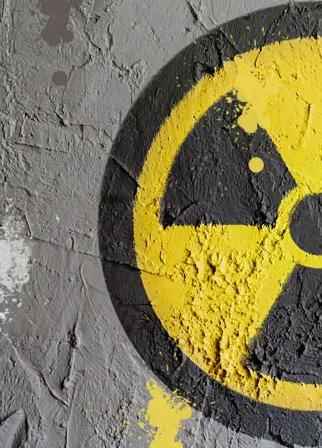
Surviving in a radioactive zone requires the right equipment and technology. Hazmat suits such as Tyvek suits are used for lower exposure, and lead-lined suits for gamma shielding. Lead aprons, rubber boots, and neoprene gloves prevent contamination. A Geiger counter detects radiation hotspots, while personal dosimeters monitor exposure levels to ensure safety. Drones and robotic technology reduce human risk, aiding in decontamination, surveillance, and rescue missions.

Radiation detection is crucial in fallout zones. Geiger counters make audible clicks when radiation is detected. More accurate and sensitive Scintillation detectors use crystals to detect even low-level radiation. Ionization chambers provide precise exposure readings. Specialized neutron detectors measure reactor radiation, and alpha-beta particle detectors identify specific isotopes. These detectors are now integrated into wearables, drones, and automated systems, making radiation monitoring safer and more efficient.
But what if you find yourself trapped in a fallout zone with no professional gear? First, seek shelter underground or behind thick walls to block radiation. If no hazmat suit is available, layer your clothes and cover your mouth with a damp cloth or charcoal filter to reduce inhalation. Shake off and seal contaminated clothing, then wash thoroughly with soap and water. To check radiation levels, place glow-in-thedark materials near aluminum foil if they glow unusually bright, radiation levels are high. When escaping, move against the wind to avoid fallout dust, stay in low areas, and if possible, wait at least 48 hours for radiation levels to decrease before attempting to leave.

History has shown that even after the worst nuclear catastrophes, humanity finds a way to rise again. Hiroshima, once a symbol of destruction, is now a bustling city promoting peace and nuclear disarmament. The lesson? Fallout may leave scars, but with knowledge, preparation, and determination, survival is possible, and rebuilding is inevitable. The real question is, will we learn from the past before history repeats itself?
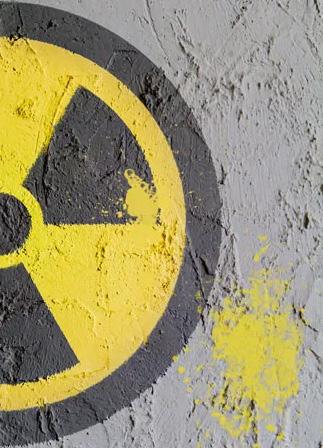

The Final Stand
- Pavithra G, 2nd Year
In an increasingly interconnected world, the threat of viral outbreaks looms larger than ever. Imagine a scenario where a deadly virus decimates the global population, leaving only a fraction of humanity behind. In such dire circumstances, preparatiovn becomes essential for survival. This is the world of the Final Stand—a desperate fight for survival to reclaim humanity’s place in a shattered world. In this new reality, survival isn’t just about food and shelter; it’s about intelligence, adaptability, and the will to fight. Below is a comprehensive guide on how to prepare for such a scenario and strategize your escape.
Immediate Response: Staying Calm and Acting Quickly
In the immediate aftermath of a disaster, maintaining composure and acting swiftly can significantly increase the likelihood of survival. During a pandemic, early isolation and reducing exposure to large crowds are critical. Crafting makeshift protective gear, such as face masks, can provide a layer of safety, while air purification techniques, including DIY HEPA filters and UV light sanitization, help reduce contamination. In the case of natural disasters such as earthquakes or hurricanes, familiarity with evacuation routes and designated safe zones is essential. Keeping an emergency kit stocked with water, non-perishable food, first-aid supplies, and portable power sources ensures readiness. Protecting essential documents by storing them in waterproof containers can prevent potential loss. For nuclear or chemical hazards, seeking refuge in well-sealed indoor lo cations, such as basements or enclosed spaces, minimizes exposure. Blocking airflow using duct tape and plastic sheet ing can provide additional protection, and utilizing basic Gei ger counters can help assess radiation levels. In the event of large-scale technological failures, such as cyberattacks or AI malfunctions, having printed copies of critical contacts, offline maps, and knowledge of fundamental survival skills, including fire-making and first aid, can prove invaluable. A manual gen erator and a traditional radio can serve as reliable sources of power and communication when digital infrastructure collaps es.

Facts:
Securing Shelter and Essential Resources:
Securing shelter and access to resources is paramount, particularly in an extended crisis. With
The SARS-CoV-2 virus, which caused COVID-19, led to the largest quarantine in history



Foods such as protein bars, canned goods, and instant meals is advisable. Water can be purified through boiling, chemical treatment, or simple filtration methods. Establishing a rainwater collection system may provide an additional source of clean water. Maintaining power and communication is essential for staying informed and reaching assistance. Solar chargers, hand-crank power generators, and battery packs can sustain essential devices. Walkie-talkies facilitate communication when cellular networks fail, while
Adapting for Long-Term Survival:
Long-term survival requires adaptability and innovation. Creative solutions, such as converting bicycles into power generators or using 3D printers to manufacture essential tools, can help maintain functionality in a collapsed infrastructure. Security is also a priority; improvised alarm systems using motion sensors and tripwires can offer protection. Self-sufficiency can be achieved through urban gardening methods like hydroponics and rooftop farming. Simple wind turbines and solar panels can provide sustainable energy, reducing dependence on external sources. Emerging technologies such as AI-powered drones for scouting safe zones and autonomous robots for delivering supplies could revolutionize survival strategies. Acquiring basic hunting, fishing, and foraging skills further enhances resilience in prolonged emergencies. Wearable health monitoring devices can also help track vitals and detect early signs of dehydration, hypothermia, or infection.
Finding Stability and Rebuilding:
Oncethe situation stabilizes, identifying and relocating to a safer, more sustainable environment becomes a priority. Remote areas with access to freshwater and low population density often present the best opportunities for long-term survival. Joining or forming self-sufficient communities provides support and security. In extreme cases, relocation to isolated islands or underground shelters may be necessary. Collaboration with other survivors, skill-sharing in fields such as agriculture, medicine, and engineering, and the establishment of structured governance contribute to rebuilding society. Self-sustaining communities offer long-term stability and security. The use of blockchain for secure resource distribution, automated farming using robotics, and AI-driven security systems can help create efficient, modern survival settlements.
Conclusion
egardless of the nature of the crisis—whether it be a global pandemic, an environmental disaster, or the failure of technological systems—survival ultimately depends on preparation, adaptability, and resourcefulness. By staying informed, planning ahead, and cultivating practical skills, individuals can not only survive but also contribute to the rebuilding of a functional society.
The question remains:
In the face of disaster, are you prepared to take a stand???




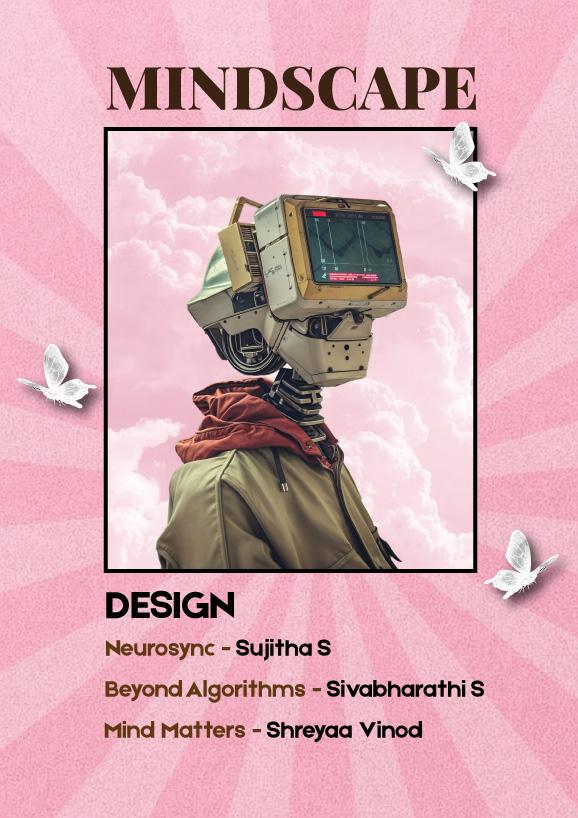

concerns

(Brain Machine Integration)


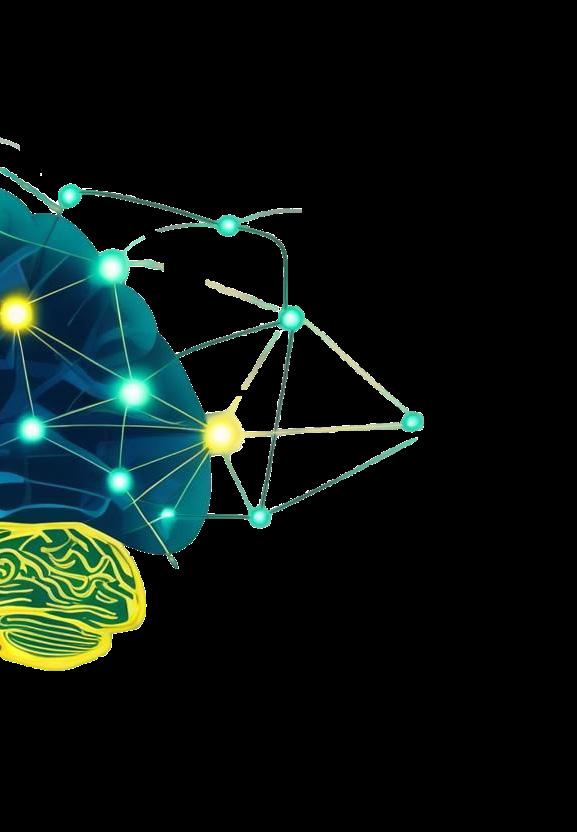
BEYOND ALGORITHMS
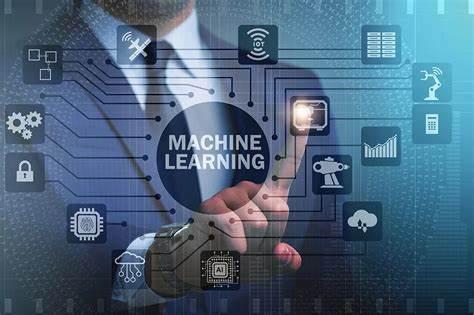
Ever wondered how Netflix knows what you want to watch or how Spotify seems to vibe with your mood? That’s the magic of machine learning (ML), a tech so cool it feels like science fiction. Let’s dive into the world of ML and see how it’s shaping our lives—no geek-speak, just real talk. Imagine teaching your pet tricks—not by giving commands but by letting it watch and learn. ML is kind of like that, but for computers. Instead of pro
gramming them with step-by-step instructions, we give them loads of data and let them figure this out. Arthur Samuel, the OG of ML, described it as giving “computers the ability to learn without being explicitly programmed.” Pretty neat, right? Back in the 1950s, Arthur Samuel created a self-learning checkers game. Fast-forward to today, and we’ve got Jarvis-level tech from Iron Man and Tesla’s Autopilot. Okay, maybe not full-on
- JAYASREE R, 2nd year
Jarvis yet, but we’re getting there! ML has come a long way, and it’s now behind everything from Snapchat filters to Google Assistant. Machine learning is amazing because it saves time by automating tasks like Gmail’s spam filter, personalizes experiences on platforms like Netflix and Spotify, and reacts in real time, as seen with Tesla’s Autopilot or Google Assistant. Plus, ML is solving big prob lems, helping to find new medicines, detecting dis eases early, and even ex ploring space— TRULY MIND-BLOWING!
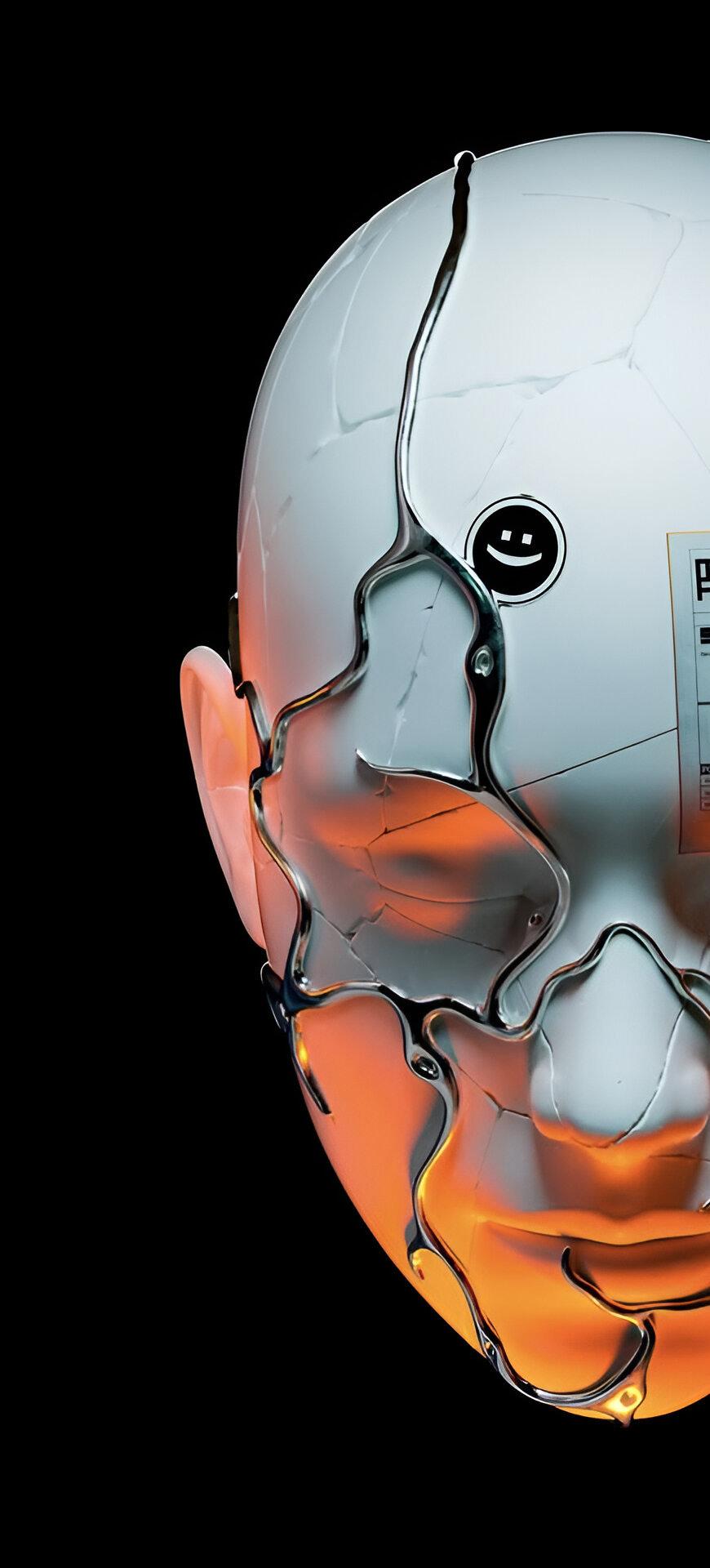

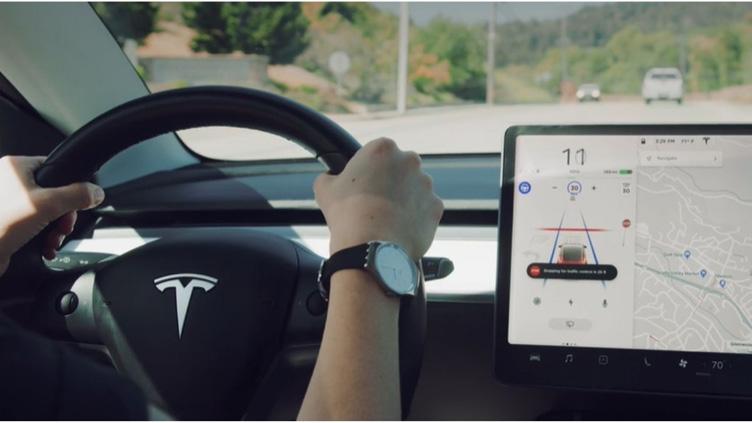
Tesla Autopilot: Advanced driver-assistance system available in some Tesla vehicles. Behind all this coolness is a step-by-step process:
STEP 1


DATA, DATA, DATA
ML needs good data to work. Think of it as fuel for the machine. The data is cleaned and prepped so the algorithm can pick out what matters.
TRAINING AND TESTING
The data is split into training (to teach the model) and testing (to see if the model’s got its act together). This way, the model doesn’t just memorize stuff—it actually learns

STEP 3

STEP 2

PICKING THE RIGHT ALGORITHM
Different problems need different tools. Simple ones, like predicting house prices, use basic algorithms. Tough tasks, like recognizing faces or voices, call for neural networks.

mind MATTERS
”Life is beautiful, but it’s up to you to find beauty in it.”
Remember when you were born? The entire universe seemed joyful in welcoming you into this mysterious and beautiful world. But where has happiness disappeared to now?
From parents hiding their problems from us to us hiding ours from them, From a hyperactive child to an inactive one, From a massive extrovert to a serene introvert, From playing with neighborhood friends to playing alone with our phones, From laughing from the heart to putting on a smile for show.
Once, we were all carefree, no stress, no comparisons—just an innocent and joyful phase of life. Don’t cry because it’s over; smile because it happened! In your family, you might have been labeled lazy, but only you know that you’re silently battling mental health challenges. We all need a soulmate to confide in, but we often end up breaking relationships due to our own actions. Eventually, we regret it.
There was a time when you were a talented child, admired by everyone, exceeding your parents’ expectations. But now, you may feel like a disappointment. If that’s true, don’t worry, my friend, because you’re not alone in this feeling! These days, apart from depression, people—especially teenagers—get addicted to drugs, gadgets, and more. Let’s take a closer look at why this is happening. Mental health disorders and addiction stem from various reasons, including genetic factors, environmental influences, childhood trauma, peer pressure, abuse (physical or sexual), lack of support systems, failures, and relationship issues. It’s often accompanied by distress or impairment in important areas of functioning. and control your behavior.
“Every problem has a solution.”
Until now, we’ve only focused on the empty part of the glass. From now on, let’s focus on the filled part with an optimistic perspective. Mental health experts suggest that exercise, a balanced diet, 8 hours of sleep, and avoiding gadgets before bedtime (collectively called “Dopamine Detox”) can help you regain



DID YOU KNOW?
Addiction is a complex condition that affects both the brain and the body, leading to compulsive behaviors despite harmful consequences. Substances like drugs or even excessive smartphone use overstimulate the brain’s reward system, releasing dopamine.
focus and control your behavior.
Secondly, do what you love the most. Think back to childhood hobbies that made life colorful. For me, basketball is my escape—whenever I feel low, I play it to distract my mind from depressing thoughts. Instead of listening to sad songs, play music that uplifts you. To combat loneliness, practice self-care, socialize, and develop new skills that make you feel proud. Never underestimate yourself because everyone is unique and has their own talents.
If you ever feel like you have no friends or support, reflect through books. There’s a quote that says, “There is no friend as loyal as a book.” I recommend books like Atomic Habits, The Alchemist, and The Art of Letting Go to help you overcome addiction and depression. If these steps don’t help, consider seeing a counselor or psychologist. There’s no shame in seeking professional support because we all need someone to vent to. For addiction, seek help from rehabilitation centers where you can get medical assistance.

The book Atomic Habits reminds us that “tiny changes can lead to remarkable results.” Improving by just 1% every day could make us 37% better over the course of a year. Don’t worry, my friend, it’s not a disease—it’s just a state of mind. You may have lost everything, but you still have yourself. I may not know your personal struggles, but remember that the universe has its own way of healing everything.

Healing isn’t as easy as they say. It’s like a game of Snakes and Ladders—you get bitten by the snakes, only to move forward a few steps, and sometimes, you’re thrown back to the starting point. Healing works in a similar way. But trust me, one day, all this pain will fade, and you’ll emerge stronger than before. You’ll realize you’re the main character in your own journey. All the struggles have led me to write this message for you. You will find your light, too. Until then, stay quiet, hold on tight, and keep going. Things won’t stay the same forever.
The words of Olympic gold medalist Noah Lyles inspire me:
“I have asthma, allergies, dyslexia, ADD, anxiety, and depression. But I will tell you that what you have does not define what you can become. Why not you?”
Lastly, I remember the words of Mr. Ratan Tata: “None can destroy iron, but its own rust can! Likewise, none can destroy a person, but his own mindset can.” So, Mind Matters.
With love, JSR

Anuvidhya


CAPTURED CORNERS


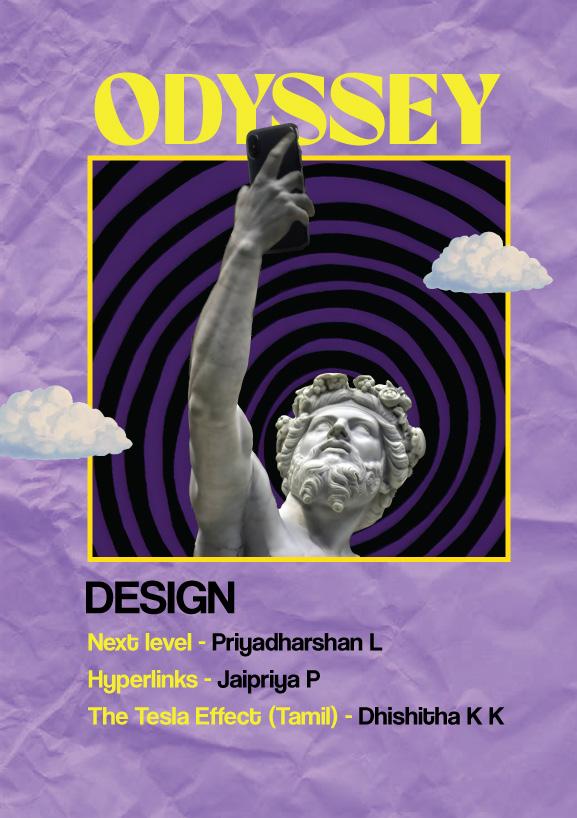
NEXT LEVEL Gaming and Beyond
- PRIYADHARSHAN L, 2nd year

Minecraft. League
of Legends. Fortnite. Tetris. You’ve probably played one of these games at least once—or heard of them. The evolution of gaming paints a fascinating period in history, and many of us have been a part of it. Here, we’ll be delving into the history of gaming, how it evolved over the years, its current state, and its potential future. Though video games are found today in homes worldwide, they got their start in the research labs of scientists. These early computer programmers weren’t just wasting time or looking for new ways to goof off but were demonstrating computing power and interactive possibilities.
The
conception of GAMING:
In 1940, Edward U. Condon designed a computer to play Nim, followed by OXO (tic-tac-toe) in 1952, Tennis for Two—the first recognized video game— and Spacewar! —the first space combat video game.Gaming history truly began when Ralph Baer developed the “Brown Box,” a prototype
home console to play table tennis , leading to the Magnavox Odyssey (1972).
The first arcade video game, Pong, was created by Atari, featuring a simple scoring system that would register a point each time the ball made it past the opposing player’s virtual paddle. Pong’s


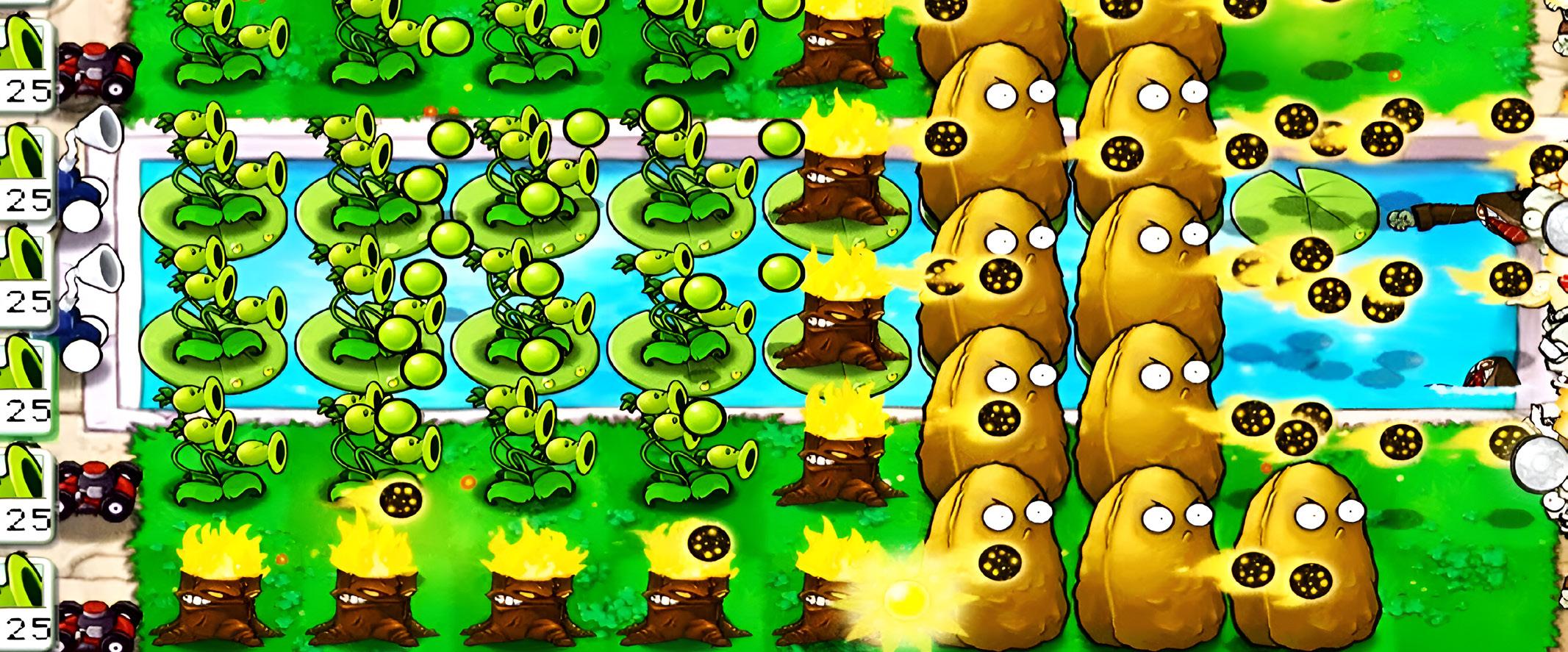
The golden age of GAMING:
In the late ‘70s and early ‘80s, there was an explosion of coin-operated amusement that sparked a major evolution of video games. Kids swarmed arcades for the games they couldn’t afford at home. During this era, the U.S. gaming industry jumped from $308M to $2.8B. The
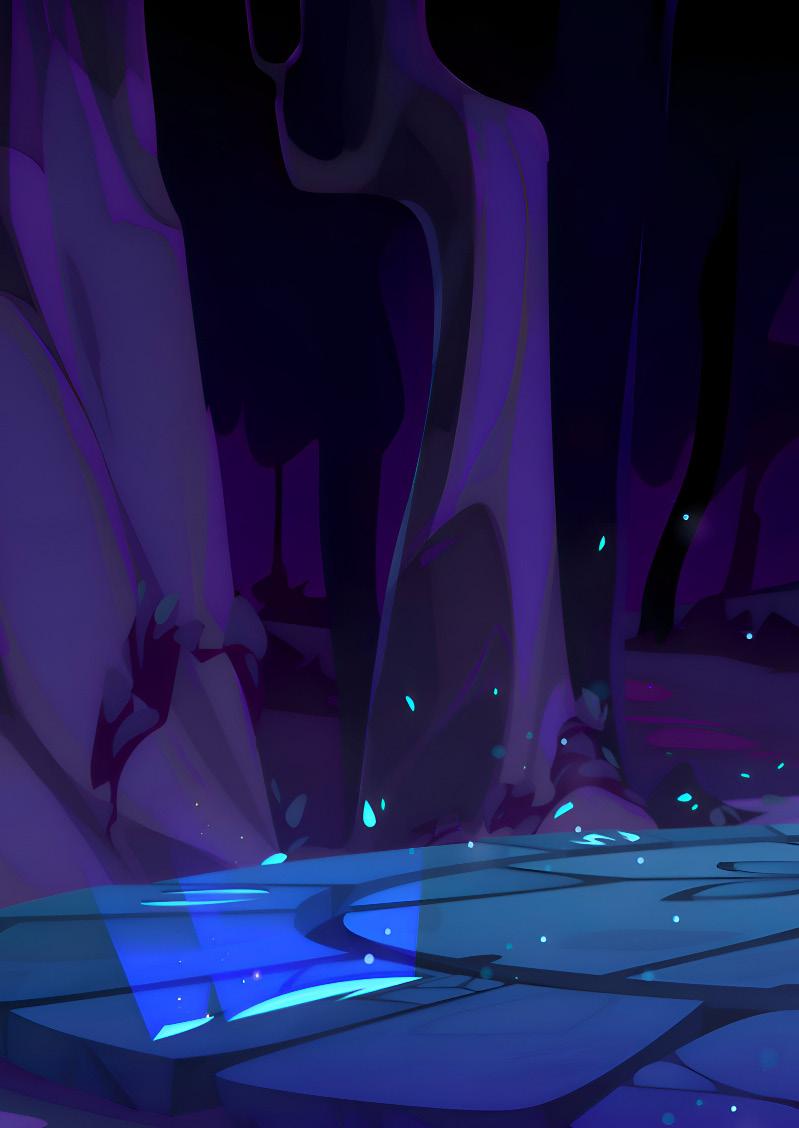
success led Atari to develop new games, culminating in the Atari 2600 (VCS).
This was the start of the history of game consoles, and they operated on BASIC & C programming languages. Over time, gaming evolved through eight console generations, reaching today’s ultimate generation.


new wave of arcade games during this time also focused on alternative characters and mechanics, starting with Pac-Man (1980). Video games in Japan grew in popularity. Space Invaders (1978) paved the way for Galaga (1981) and Tempest (1981). This sparked the creation of Lunar Lander (1979) and Asteroids later in 1979.
The Atari 2600’s most infamous game, E.T. the Extra-Terrestrial, was so bad that thousands of unsold copies were buried in a landfill in New Mexico.







The first generation paved the way for gaming evolution, but the second generation faced oversaturation and poor games, leading to the 1983 Video Game Crash in the U.S. This allowed Nintendo and Sega to dominate the third generation with 8-bit consoles like the Nin-


tendo Entertainment System (NES), introducing joypads.
The fourth generation had 16-bit games with better graphics, and handheld consoles emerged. The fifth generation had mobile phone games to offer, where the Nokia 6110 provided time-killer and arcade-like games, and Sony’s PlayStation arrived. The sixth-generation revolutionized gaming with the Sega Dreamcast (1998), PlayStation, and Xbox, introducing online multiplayer.

How they created the games: Then vs now...
Generations of consoles: The future of Gaming:
The rise of app stores (Google & Apple) led to hits like Angry Birds and Candy Crush.
The seventh generation opened with handheld consoles like the PlayStation Portable. The eighth generation started with the release of the PlayStation 4 and Xbox One, dominating home video games.



The PlayStation (1994) was originally a Nintendo project! Sony partnered with Nintendo to develop a CD-based console, but Nintendo backed out, leading Sony to launch the PlayStation independently.

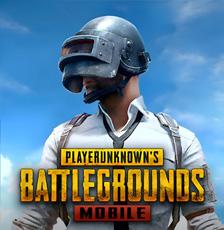










The first interactive game, Tennis for Two, used an oscilloscope for display and analog circuits for physics. Games like Spacewar! were created using mainframe computers with assembly language. The first home console, the Magnavox Odyssey (1972), used discrete transistor circuits for logic.
Arcade machines like the Atari 2600 introduced microprocessors and assembly language. The Sony PlayStation (1994) and Nintendo 64 (1996) used RISC processors, 3D models, and C/C++ for enhanced graphics. Modern games rely on Unreal Engine, Unity, AI, 3D modeling, and motion capture, with AI-driven testing and debugging.


The future of gaming seems strong, with the proliferation of social media games and smartphones. As of 2020, there were 2.7 billion gamers worldwide.
The future of gaming includes AI-generated content, cloud-based engines, blockchain integration, and hyper-realistic simulations powered by quantum computing.
With their newly revamped consoles, both Sony and Microsoft currently have their sights set on virtual reality gaming, a technology that has the potential to change the way players experience video games.

HYPERLINKS
- Abiela Maria Y, 3rd year
The Internet, a worldwide network of computers, operates through common protocols, enabling communication, commerce, education, and entertainment. Evolving from a military experiment, it has become a global backbone, driving innovation, collaboration, and technological revolution in modern life.
THE CORE: FOUNDATIONS: Email:
In 1965, Lawrence Roberts at MIT connected computers via a telephone line, demonstrating digital communication between distant machines—an early step toward WANs and mass networking. j Email, as we know it, was invent ed by Ray Tomlinson, who first used the “@” symbol to differen tiate a computer name from a user name. The most ubiquitous ap plication on the AR PANET became email.
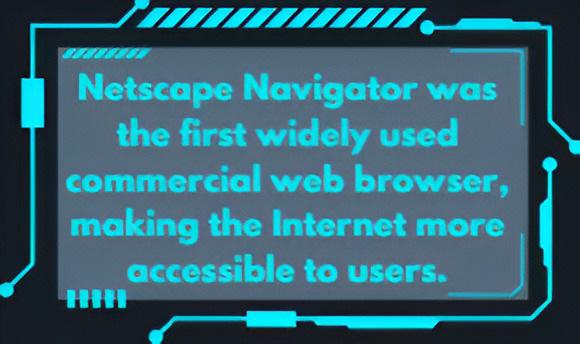
On October 29, 1969, the Internet was born in an office located in Boelter Hall. ARPANET (Advanced Research Projects Agency Network) was the first packet switching network in the world. The first message from Professor Leonard Kleinrock at UCLA, was sent to Stanford. The complete message would have been LOGIN, but the system crashed after the first two characters were transmitted. The very first message sent over the Internet was therefore “LO.”.
TCP/IP: THE INTERNET’S CORNERSTONE
The concept of network ing protocols took a leap forward with Robert Kahn and Vinton Cerf designing TCP/ IP (Transmission Control Protocol/ Internet Protocol).The first time the word ‘Internet’ appeared was in 1974, in a large part about their vision of interconnected networks. It then became the standard protocol for the Internet. The TCP/IP protocol suite forms the backbone of the Internet, providing the fundamental structure to build a worldwide, scalable communicative network.


Domain Name System (DNS):
Domain Name System (DNS) founded in 1984 by Paul Mockapetris established human readable addresses like ‘.com’, ‘.org’, and ‘.net’. In 1985, Symbolics.com was the first domain name to be registered.
WORLD WIDE WEB:
In 1990, a British scientist working at
CERN, Tim Berners-Lee, put forth a proposal for a distributed information system which later came to be known as the World Wide Web. He was the first person to create a web page editor and a browser. This marked the official birth of the WWW, which kickstarted web browsing and laid the groundworkfor content sharing and websites.
THE DIGITAL REVOLUTION:

– Google launched: The internet would never be the same after Larry Page and Sergey Brin started Google – Wikipedia was born: Who wouldn’t appreciate a free online encyclopaedia that allows everyone to contribute?
2004 – Introduction of Facebook: Mark Zuckerberg launches Facebook (now known as Meta) changing the world of social media
2005– YouTube founded: Content creation changed forever with the introduction of YouTube.
2008 – Google Chrome was released: A remarkably speedy web browser that changed performance benchmarks.
2015 – The Emergence of IoT: Today’s devices including cars, thermostats, and anything else you can think of has become
– Integration of AI with Internet: A new era begins. Users start using devices such as Amazon Alexa or Google Assistant.
• 2024 – AI’s era begins: The internet has now changed to cater to the user’s needs with AI recommendations. The ongoing rollout of 5G has begun,
CONCLUSION:
The past of the Internet is characterized by significant advancements, societal changes, and feats of collaboration and rivalries. It is indisputable that the Internet will grow even more powerful and sophisticated With the advent of AR technologies, Artificial Intelligence, and Web3, the future of the Internet is bound to be as vibrant as its history, making it even more powerful.
HYPERLINKS






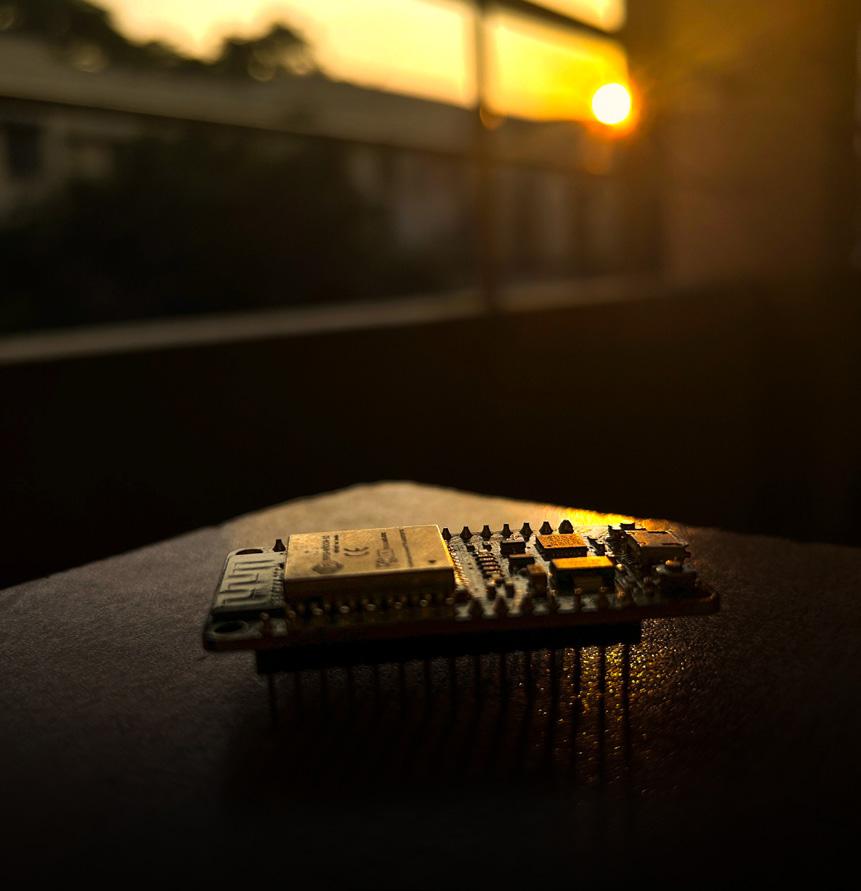
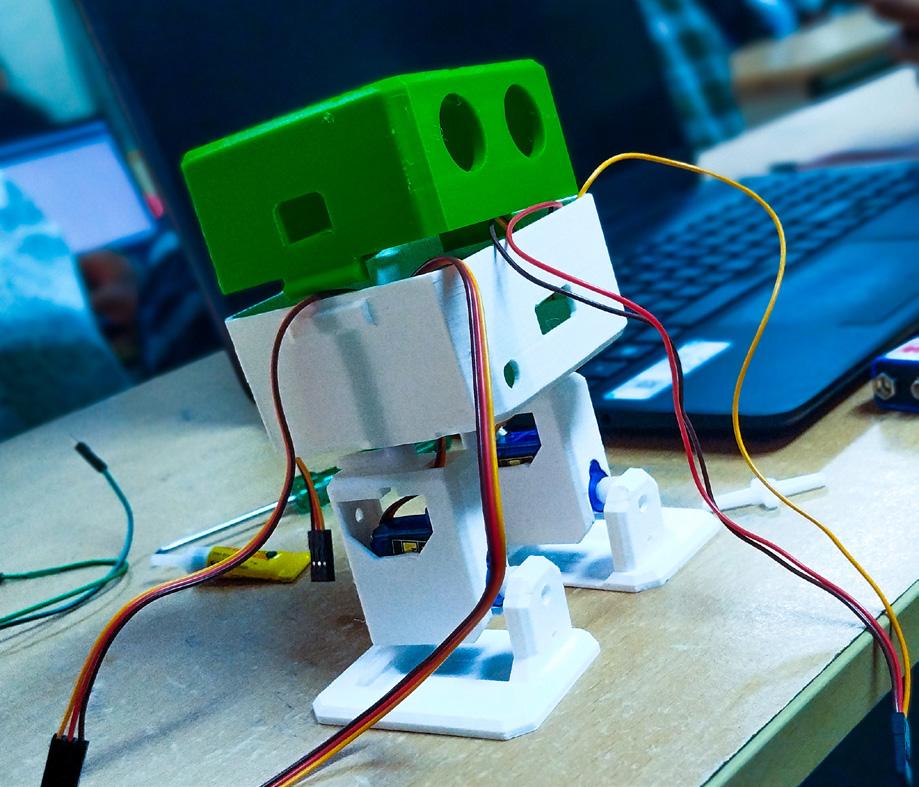

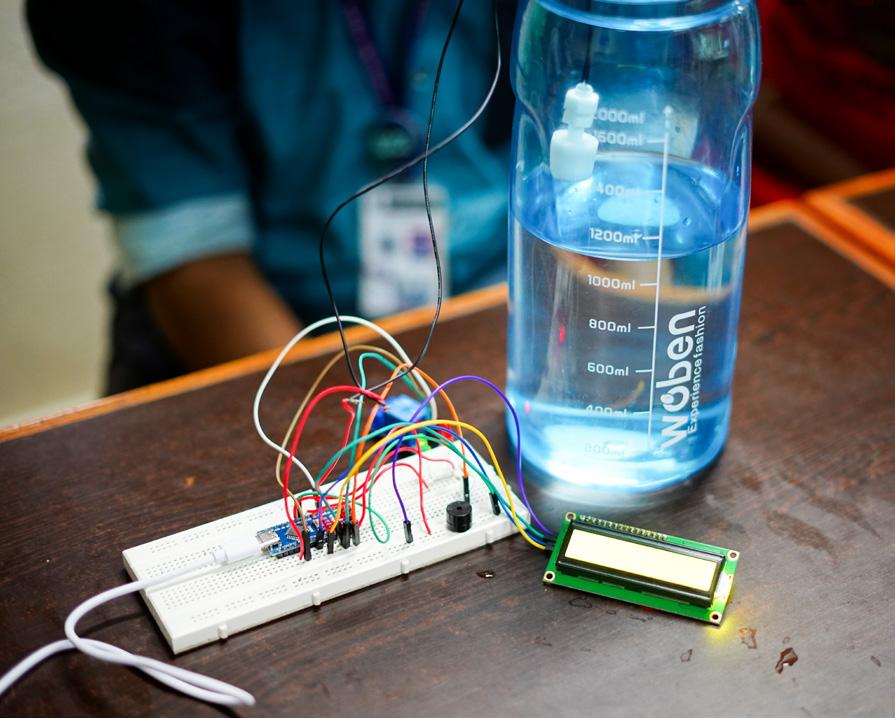
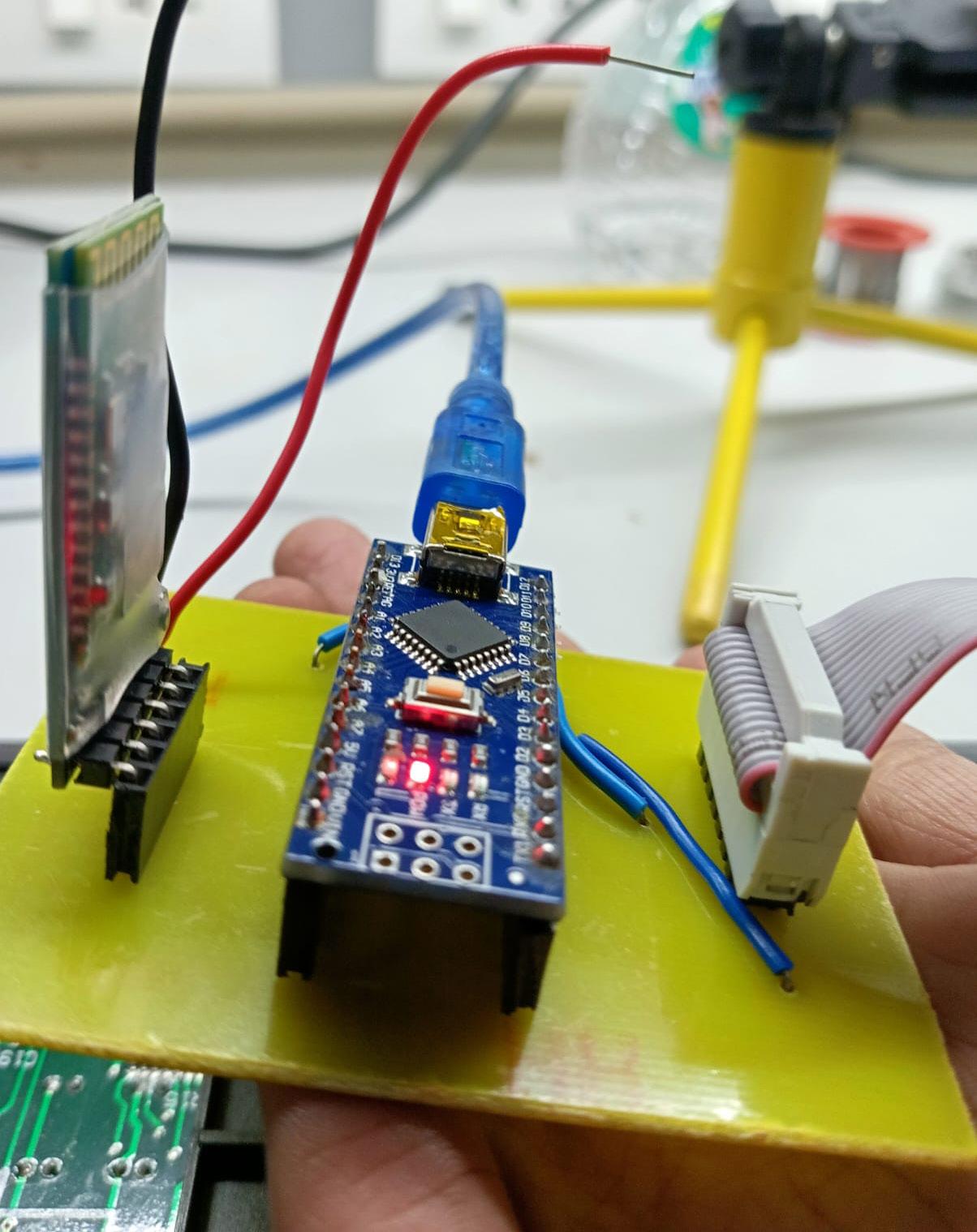

-NIVETHA N, 2ND YEAR
Ever wonder how detectives fit together the pieces of a crime ? It’s a mesmerizing mix of precise method, keen intuition and technology. Let us expose the complex levels of a contemporary criminal inquiry by drawing back the curtains.
Forensic light sources:
Once a crime is reported, the scene becomes a canvas of evidence, with the first officers on the scene acting as sentinels by restricting access to the vicinity and guaranteeing careful documentation of evidence. This involves detailed note-taking, photography, and video recording to capture every detail. Finally evidence collection - where the miracle of crime scene investigation occurs - calls for meticulous gathering of every possible piece of evidence, from fingerprints to DNA.

Forensic light sources, such as white light and UV light, have been used for evidence detection since ancient times. Portable alternative light sources (ALS) have improved the detection of unseen evidence, including biological markers. When combined with fluorescent compounds, ALS enhances latent fingerprint detection, reducing background noise. This makes ALS crucial for identify ing and improving biological evidence from crime scenes.
Lab Analysis
In the lab, forenscientists decipher crime scene secrets, transforming invisible clues into compelling narratives. Fingerprint analysis uncovers hidden touches by developing and comparing latent prints against databases, with examiners scrutinizing ridge

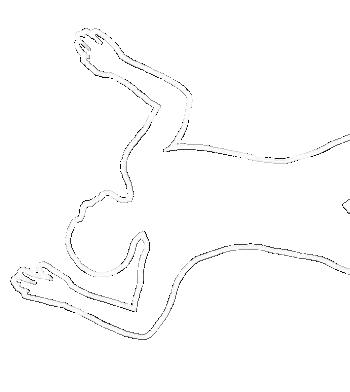



and then examined for Short Tandem Repeats. By comparing these distinct genetic fingerprints to the Combined DNA Index System, a DNA profile is produced that can remarkably accurately match a suspect.
Advanced Tools
Films often depict dogs sniffing crime scenes and pointing to traces unseen to the human eye. E-noses (Electronic noses) mimic this by using advanced chemical sensors to detect volatiles from decomposition. This produces an “aroma signature,” which machine learning algorithms analyse, instructing the
Real Life Applications
Even seemingly mundane details like vehicle tracks offer valuable information. Tire impressions reveal tread patterns, width, and wheelbase, helping identify the vehicle type. Embedded soil, rocks, or vegetation link the vehicle to specific locations, potentially the crime scene.
Crime investigation is a complex and multifaceted process, requiring a unique blend of scientific expertise, investigative skills, and technological prowess. As technology continues to advance, investigators will have even more powerful tools at their disposal to unravel the mysteries behind criminal acts.
Facts!!

Emerging technologies
Ballistics add another layer, with high-speed cameras freezing the action of a bullet in flight, revealing muzzle blast dynamics and projectile behaviour, crucial for reconstructing shooting incidents. In the lab, science speaks with unwavering authority, transforming fragments into the language of justice. In our digital age, crimes leave digital footprints. Cyber forensics uses specialized software to recover deleted data from devices, including emails, messages, photos, browsing history, and GPS data to trace suspicious movements, bringing investigators closer to the truth.
Bugs can help solve a crime: Forensic entomology, the study of insects, can help determine how long a body has been decomposing. Investigators can even look inside a maggot’s stomach to gather clues!



MINORITY REPORT
How close are we to the future?
- SUMIYA JAFARULLA, 2nd YEAR
Ifyou’ve ever watched Minority Report (2002), you know it’s a movie that makes you sit back and think, “Wait, could this actually happen?” Starring Tom Cruise, the film is set in 2054 and revolves around a futuristic police force that arrests people before they commit crimes using a system called ‘PreCrime.’ While the idea of predicting crimes before they happen is still sci-fi, many of the technologies in the movie don’t seem too far from reality today.
One of the coolest parts of the mov ie is its use of gesture-based computing. Remember those scenes where Tom Cruise moves files around mid-air with just a wave of his hands? Back in 2002, this felt futuristic, but today, we have similar tech! Think about touchscreen interfaces, virtual reality, and AI-powered gesture controls like VR head sets and smart TVs. Companies like Apple and Microsoft are already working on mixed reality, making this future more believable. 01 02
Then there’s the eye-scanning tech used for personalized ads. In the mov ie, billboards scan people’s eyes and show them ads based on their identity. Sounds like Google and Facebook are tracking your search history, right? While we don’t have billboards calling out our names (yet), tar
geted advertising is very real. Facial recognition and biometric data collection are already in use for security and personalization, raising concerns about privacy.
03
Another aspect is autonomous cars. The movie shows self-driving vehicles smoothly navigating through the city. Fast forward to today, companies like Tesla and Waymo are making driverless cars a reality. Advancements in



ical questions—can we truly predict human behavior, or are we just reinforcing biases?
One of the most compelling parts of the movie is John Anderton’s (played by Tom Cruise) transformation. At the beginning, he is a firm believer in the PreCrime system. However, when he is accused of a future murder, he starts questioning the very system he once upheld. His journey highlights the dangers of blind faith in technology and authority. It also raises a broader theme—what happens when the system we trust turns against us? As engineers and future innovators, this is an important ethical dilemma to consider.
05
Another fascinating aspect of Minority Report is its depiction of smart homes. The film shows rooms that change lighting and display based on who walks in, similar to today’s smart home technology. Devices like Amazon Echo, Google Nest, and smart thermostats already offer this kind of personalized automation.
DID YOU KNOW?
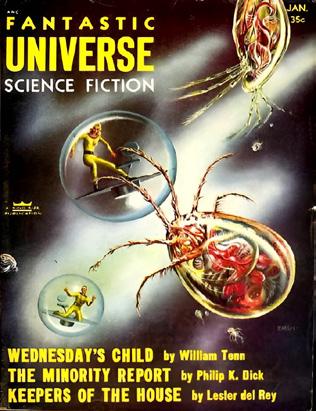
‘Minority Report’ is based on the 1956 novella of the same name, written by Philip K Dick.
use advanced forensics, with holographic reconstructions and AI-driven analysis. While we’re still developing such technology, augmented reality (AR) and AI-assisted forensics are improving crime investigations. Forensic science is becoming more digitized, allowing law enforcement to analyze evidence faster and more accurately.

Of course, Minority Report also portrays a society where privacy is almost nonexistent. Surveillance cameras, biometric tracking, and constant monitoring create a world where people’s actions are always being watched. In real life, AI-powered facial recognition and social media tracking have sparked debates about privacy and surveillance. While technology makes life easier, it also challenges personal freedoms, making it crucial to find a balance between security and privacy. The film was ahead of its time in predicting how technology might shape our world. While we don’t have ‘PreCrime’ stopping crimes before they happen, AI, predictive policing, and mass surveillance are topics of serious discussion today. The rapid pace of technological advancements means that what seemed like sci-fi in 2002 is now part of everyday conversations. If you’re an engineering student, watching this movie isn’t just fun—it’s a glimpse into what could be our reality in the next few decades! In conclusion, Minority Report is more than just an action-packed thriller—it’s a thought-provoking film that raises important questions about technology, ethics, and society. As engineers and tech enthusiasts, it’s exciting to see how some of these ideas are turning into reality while also being aware of the ethical implications they bring. The future is coming faster than we think, and movies like this remind us to shape it responsibly.








Mohammed Arshad 2022105543
UGH LENS


Priyadharshan L 2023105055


STRAIGHT FROM THE HEART
John Felix A
Jenifer B 2021105021
I'm sharing some things i learnt in college the hard way. Never take impulsive or emotional decisions. Oru decision edukuringa na just think if you can live with that decision, without any regret. Think twice before saying anything esp. cracking jokes. And if you are planning for placements start asap (atleast by the end of 5th sem).Also try to be apprecia tive of insignificant things in your life.
Abinaya B
2021105002 2021105704
Wishing you'll a love-packed, heart ful of happiness as u embark on this wonderful journey of college life! May each day bring u new op portunities, cherished friendships, and memories that last a lifetime. And one more to say never ever for get your nerve-wracking experience u had in this university Wish ing you Best best wishes

At this point, you probably know that nothing ever goes as planned. Group projects turn into solo struggles, assignments magically pile up overnight, and the one day you decide to skip class is the day attendance is actually taken. But here's the thing none of that really defines your journey. What does?The people you meet, the risks you take, and the moments you choose to enjoy instead of stressing over things that won't matter a few years from now. Say yes to opportunities, even the scary ones. Ask questions, even the dumb ones. Fail fast, learn faster, and never let one bad exam, one tough semester,or one rejected application make you doubt yourself. Because one day, you'll look back and realize that the assign ments, the group-study all-nighters, and even the pointless class es were all part of something biggerthe memories you'll carry forever . So go out there, have fun , make mistakes, learn from them, and en joy every second of what's left. My best wishes to one and all




Hey juniors, college isn't just about classes and assignments! Try out new stuff, take risks,


Don't expect things always to happen ty time with people around you , cherish your memories. This is the last 10 months where y'all would be together, you won't get this life back! Adarsh R

1.cgpa secondary,1st clear all the arrears before sem 7 if have time waste pannadhinga then prepare any 1 programming language by now software side la 70 percentage companies varum so my most priority is for software companies in terms of core companies you should get into very deep manner of your digital design, vlsi, embedded as for average students pls prepare software companies atleast 1 language that should be easy when you give your consistency, you will definitely get placed
2. I hereby want to mention about unity help your colleague don't hesitate to to talk with your friends ask directly for any help they will definitely do the needful and iv yaarum miss panidadhinga kadan vaangiyachu iv Ponga it will most beautiful memories in this world
3. Try to engage you atleast in any 1 of the club will be useful , ctf, ecea, cgf, leo cubs etc it is for better connectivity among various departments and explore things differently otherwise you all enjoy as your wish and not to forget academic or omit academic related works our very basic purpose is to be getting placed best of luck. arrears vaikkathi nga. ask Freely even any silly doubts














The College of Engineering, Guindy (CEG), located in Chennai, is one of the prestigious and oldest technical institutions in India. Over the years, the institution has produced several accomplished laureates in a plethora of fields. CEG comprises 17 Departments and 17 Research Centers. The school fosters the advancement of the student's pursuit of knowledge along with providing exhaustive opportunities for their excellence. Institutional programs such as student wings of the NCC, NSS, NSO, and YRC are provided to the students. In addition to these, there are multiple student-run clubs and student-run societies that are open to all students. Having close ties with industries and research practices, CEG helps pave a path for the multipronged growth of its students.
CEG ECEA
The Department of ECE of CEG has always enjoyed a reputable status among the students and thus the ECEA was set up with the objective of organizing various activities that contribute to the academic and professional development of students along with leadership qualities, teamwork and other essential employability skills. Technical Symposiums such as Resonance, an intra-college tech festival targeted primarily at first year students, and VISION, an inter-college tech festival, are both organized by the ECEA
